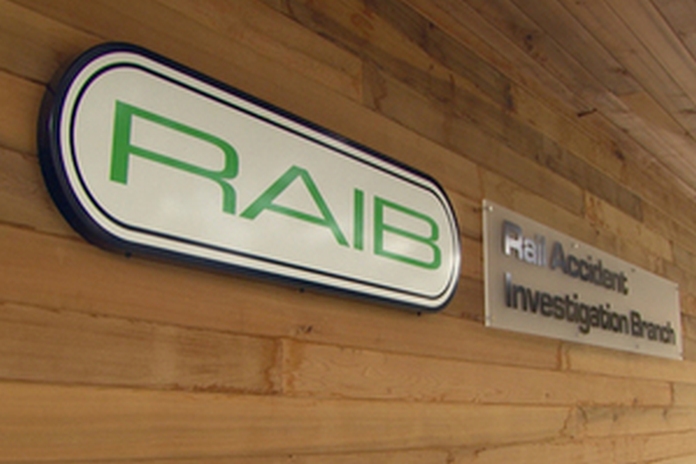
Two track workers who were killed by a passenger train at Margam East Junction on the South Wales main line on 3 July 2019 were “almost certainly” wearing ear defenders and were unaware of the approaching locomotive.
That’s the conclusion of a Rail Accident Investigation Branch (RAIB) report into the fatal incident, published last week.
A third track worker also came very close to being struck during the incident. The three workers were part of a group of six staff, were carrying out a maintenance task on a set of points.
The train driver applied an emergency brake about nine seconds before the accident and continued to sound the train’s horn as it approached the three track workers. The train was travelling at about 50 mph (80 km/h) when it struck the workers.
The RAIB report said: “The accident occurred because the three track workers were working on a line that was open to traffic, without the presence of formally appointed lookouts to warn them of approaching trains. They were carrying out a maintenance activity which they did not know to be unnecessary. All three workers were almost certainly wearing ear defenders, because one of them was using a noisy power tool, and all had become focused on the task they were undertaking. None of them was aware that the train was approaching until it was too late for them to move to a position of safety.
“Subsequent acoustic measurements have shown that they would not have been able to hear the train’s warning horn. The system of work that the controller of site safety had proposed to implement before the work began was not adopted, and the alternative arrangements became progressively less safe as the work proceeded that morning and created conditions that made an accident much more likely.”
RAIB’s investigation found several factors which it said led to the situation, relating to the work itself, the way the safe system of work was planned and authorised, the way in which the plan was implemented on site, and the “lack of effective challenge by colleagues on site” when the safety of the system of work deteriorated.
The investigation also considered why Network Rail had not created the conditions that were needed to achieve a significant and sustained improvement in track worker safety.
The report identified four underlying factors:
- Network Rail had not adequately addressed the protection of track workers from moving trains “over a period of many years”.
- Network Rail had focused on technological solutions and new planning processes, but “had not adequately taken account of the variety of human and organisational factors that can affect working practices on site”.
- Network Rail’s safety management assurance system was “not effective” in identifying the full extent of procedural non-compliance and unsafe working practices, and did not trigger the management actions needed to address them.
- Although Network Rail had identified the need to take further actions to address track worker safety, these had not led to substantive change prior to the accident at Margam.
RAIB has made eleven recommendations in its report. Nine of these are addressed to Network Rail and cover:
- improving its safe work planning processes and the monitoring and supervision of maintenance staff (three recommendations)
- renewing the focus on developing the safety behaviours of all its front-line track maintenance staff, their supervisors and managers
- establishing an independent expert group to provide continuity of vision, guidance and challenge to its initiatives to improve track worker safety
- improving the safety reporting culture
- improving the assurance processes, the quality of information available to senior management, and processes for assessing the impact of changes to working practices of front-line staff (three recommendations).
A further recommendation is made jointly to Network Rail, in consultation with the Department for Transport, relevant transport authorities, the Office of Rail and Road (ORR) and other railway stakeholders, to investigate ways to optimise the balance between the need to operate train services, and enabling safe track access for routine maintenance tasks.
The final recommendation addresses an observation noted during the investigation and is not related to the cause of the accident. It is addressed to the Rail Delivery Group, in consultation with Network Rail and RSSB, and recommends research into the practicability of enabling train horns to automatically sound when a driver initiates an emergency brake application.
RAIB has also noted two learning points: one reminds staff to only carry out maintenance on insulated rail joints when the relevant line has been closed to traffic, and the other reminds companies to update staff on revised maintenance practices as railway assets are modernised.









